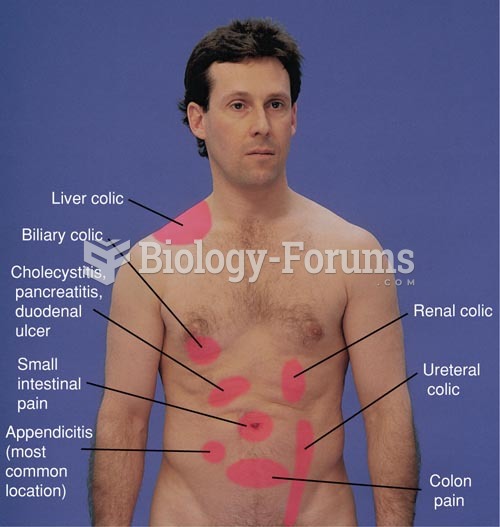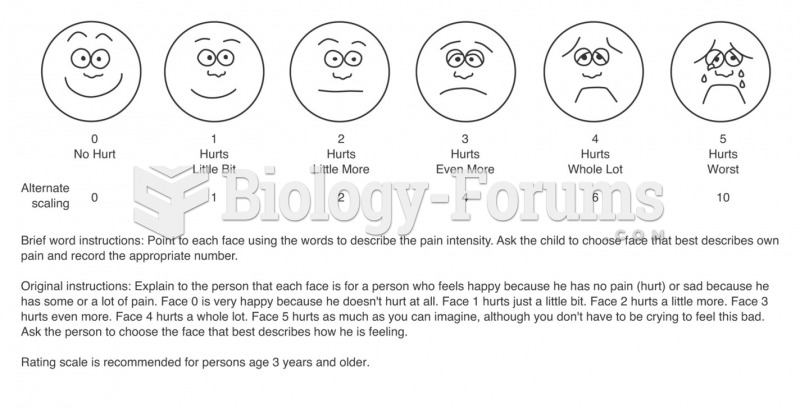Answer to Question 1
Correct Answer: 10
Rationale: Chemical changes to drugs always result in functional changes. The products of drug metabolism, or metabolites, usually have less pharmacologic activity than the original molecule. On rare occasions a metabolite may have greater activity than the original drug. This is the case for codeine. Although 90 of codeine is changed to inactive metabolites by the liver, 10 is converted to morphine, which has significantly greater ability to relieve severe pain and has the potential to cause respiratory depression in clients.
Global Rationale: Chemical changes to drugs always result in functional changes. The products of drug metabolism, or metabolites, usually have less pharmacologic activity than the original molecule. On rare occasions a metabolite may have greater activity than the original drug. This is the case for codeine. Although 90 of codeine is changed to inactive metabolites by the liver, 10 is converted to morphine, which has significantly greater ability to relieve severe pain and has the potential to cause respiratory depression in clients.
Answer to Question 2
Correct Answer: 4
Rationale 1: Although high volumes of NSS will increase the glomerular filtration and promote diuresis, it will not promote the elimination of diazepam.
Rationale 2: A proton pump inhibitor would not help to promote elimination of the diazepam.
Rationale 3: Sodium bicarbonate is given to promote alkaline urine, but does not promote the elimination of diazepam.
Rationale 4: Ammonium chloride will provide acidic urine, in which the diazepam will be eliminated more quickly.
Global Rationale: Ammonium chloride will provide acidic urine, in which the diazepam will be eliminated more quickly. Although high volumes of NSS will increase the glomerular filtration and promote diuresis, it will not promote the elimination of diazepam. A proton pump inhibitor would not help to promote elimination of the diazepam. Sodium bicarbonate is given to promote alkaline urine, but does not promote the elimination of diazepam.







